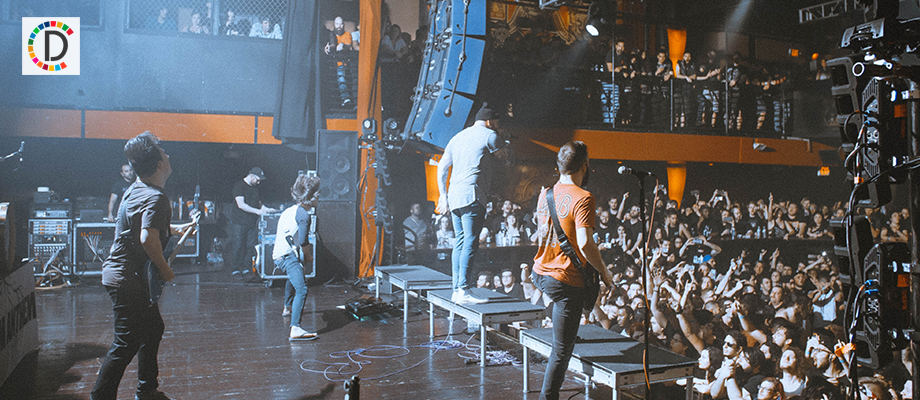Royalty in the ring: Horses steal the show in Versailles, showcasing Olympic equestrian venue for Paris 2024
The majestic Versailles Palace Gardens will host the Paris Olympics equestrian events. The National Equestrian Academy, based in the palace's royal stables, continues to train riders who perform in prestigious shows. Despite equestrianism's historically male-dominated nature, the academy is predominantly female-led. Fanny Lorre, an experienced rider, highlights the significance of the academy's location and the historical role horses played in the French monarchy. Built by King Louis XIV, the Great Stables once housed over 2,000 horses and served as an equestrian training center. After the French Revolution, the stables were used by the military and later for storage. In 2003, Bartabas founded the academy, reviving the building's splendor. Academy members incorporate fencing, dancing, and Japanese archery into their training, leading to a contemporary approach to equestrian art. As the Paris Games approach, excitement fills the palace, and the academy members anticipate the Olympic equestrian events in the historic gardens.

- Country:
- France
The historic Versailles Palace Gardens will soon host he Paris Olympics equestrian sports. Meanwhile, the select number of riders of the National Equestrian Academy handling the palace's famed royal stables continue to care for their beloved horses: Almost every day at dawn, they enjoy the quietness and splendour of grass lawns and woods of the park of the Versailles Palace, before thousands of visitors from across the world spread in.
The elite academy — founded by French horse trainer and impresario Bartabas who decided to revive the splendid building in 2003 — has only 12 riders. After years of hard work, they take part in a prestigious show at the Great Stables of Versailles every weekend to the delight of spectators.
While the Academy is open to both genders, women form the majority of applicants.
"We are only women here now," said one of those experienced riders, Fanny Lorre, gleefully smiling as she noted how big of a change it was from the once male-dominated world of equestrianism.
Lorre, 28, is known as an ecuyeres' — the French word for squire or horse rider, and has a vast knowledge of the royal stables' history.
Commissioned by France's King Louis XIV, or Sun King, the stables were built between 1679 and 1682 opposite the palace's main entrance. They once housed more than 2,000 horses during the 18th century. Now, the Academy's riders train about 40 horses, notably including Lusitanos, a Portuguese breed known to be a favourite of Louis IV. The Great Stables were built "just before the King arrived here in Versailles. He wanted very big and wonderful stables because he had a lot of horses", Lorre said. "Horses at that time were very important in the court and in the everyday life." "They built it in only three years, which is quite amazing when you see how big the building is,'' she added. ''And it was also a school for the people at that time (who wanted to) learn how to ride ... a little bit of philosophy, mathematic and everything so they can become the best person in the kingdom." Under the monarchy, horses were used by the royal family, its entourage and visitors to go hunting, show their equestrian skills and enjoy rides in the Versailles gardens. They were an essential part of the festivities and a symbol of the King's power.
After the French Revolution, in the 19th century, the army took over the stables, using them for its cavalry regiments until World War II. They were then used as a storage facility for the Versailles district's archives and later for horse carriages until Bartabas stepped in and formed the academy.
Its members are known for their contemporary take on equestrian art. They receive fencing, dancing and Japanese archery classes to help them hone skills used in their weekly shows.
As the Paris Games approach, the palace — which will host equestrian and modern pentathlon events during the July 26 - August 11 — is starting to buzz with excitement. The Academy members, though not participating in the games, are looking forward to seeing Olympic riders galloping in the gardens of the Versailles Palace, Lorre said. ''There's a lot of historical meaning have those Olympics in the gardens,'' Academy rider Dounia Kazzoul, 26, noted, ''because the King used to organise a lot of (theatre) plays and shows in those gardens. So it's really great to have that here!'' Grandstands, outdoor arenas and gallop tracks are now being set up for the Games across the park, where up to 40,000 people are expected to attend the cross-country part of the event. Olympic horses will be housed in temporary, air-conditioned facilities built close to the competition site. The palace itself will remain open to the public during the Games. To coincide with the Olympics, it will be holding an exhibition dedicated to horses and equestrian civilization in Europe from July 2 July to November 3. The National Equestrian Academy will continue to present its show at Versailles this summer until August 7. Visitors can also discover the nearby Gallery of Coaches, which contains one of the largest collections of coaches in Europe.
(This story has not been edited by Devdiscourse staff and is auto-generated from a syndicated feed.)










